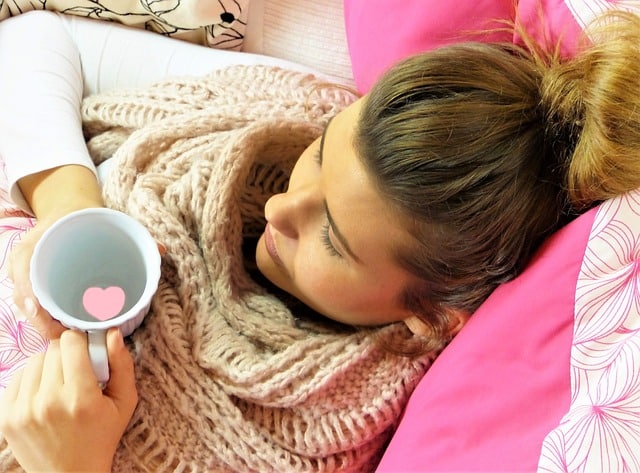Since shelter in place orders began to take effect in March, many of my own clients have seen increases in pain and mental health symptoms. While sheltering in place has placed many restrictions on people, as well as significantly changed how we all experience our day to day lives, there are two things that directly impact pain and mental health: social distancing and restricted, limited or no physical activity. Human connection and physical activity are important parts of managing chronic pain and mental health symptoms. Both are tools and behavioral changes I recommend to my clients in therapy.
First, it is worth noting that following shelter in place orders, including social distancing and mask wearing, is important to help slow the spread of COVID, until a solution can be found. The following are recommendations on how to try and compensate for these restrictions, not a call to avoid following the orders.
Having a support system, being able to have conversations, spending time with friends and loved ones, and connecting with co-workers are important to our overall well-being and help us cope with chronic pain and mental health symptoms, including anxiety, depression and stress. Being able to engage in social activities with others serves as a positive distraction from pain and difficult emotions, and it also helps create positive experiences that improve our mood and outlook, by helping to balance negative focus and thoughts. In addition, the benefits of being able to physically touch or be touched by others are many, and include stress reduction, increases in oxytocin and may even help improve the immune system.
The first question is: how do you cope with not being able to have as much human connection as before, particularly in-person contact?
If you have other members in your household whom you are sheltering in place with, you may have an easier time meeting this need than someone who lives alone. Make time to share quality time with your household members, that do not fall into the ordinary, daily routine. Backyard dates or picnics, movie nights, game nights, and cooking together are some ideas. When appropriate, engage in physical touch, like hugging.
If you live alone, make use of technology to try and stay connected to others. Engage in video or voice conversations, participate in virtual hangouts, game nights or dates, and maybe try virtually cooking new recipes with others. Massaging yourself may also be helpful for both emotional and physical well-being. Shelters across the United States reported a sharp increase in pet adoptions since the pandemic began, so if you have the desire, time and resources to care for a pet, this can also be a great option. Just keep in mind that caring for your pet will still be necessary once the shelter in place orders lift, and you should be willing and prepared to continue to love and care for your pet, even after this is all over.
The second question is: how do you balance sheltering in place and engaging in physical activity?
Many of us are unsure about what is and is not permitted under shelter in place, and this has led to a decrease in physical activity for many of us. The first tip is to work out inside your home, especially if you are having difficulty managing anxiety about leaving your home or are a high-risk individual for COVID. If you are having trouble getting motivated, think about virtually working out with someone. At this point, it is worth mentioning that getting some sun and fresh air does the mind and the body good. Which leads us to the second option: get outdoors. Though it is important to understand that as long as there is a pandemic, there will be risk associated with leaving our homes, it is also important to know that there are ways which decrease the risk of contracting COVID while engaging in outdoor physical activity. These include wearing a mask, avoiding crowded places, going out during ‘off hours’ (for example, avoiding the beach on the weekend) and staying physically distanced from other people. You can start with short walks around your neighborhood, during the times when there are less people out. Schedule these outings into your week to help you follow through. You can also engage in outdoor activity with others, as long as you practice social distancing and wear your masks.
The bottom line is- get creative and make the best of it. Try to find ways in which you can safely practice things that do you good, like socializing and activity. They may not be perfect, ideal, or exactly what you need, but something will be better than nothing, and keeping yourself and others safe during this pandemic is worth it. During shelter in place, it is beneficial to adopt an attitude of adaptation versus all or nothing. It is for your own good, and your mind and body will thank you!
Written by Taina Aceves, MA, LMFT. Taina is a therapist at Pacific Neurobehavioral Clinic, PC, in San Diego, CA.

